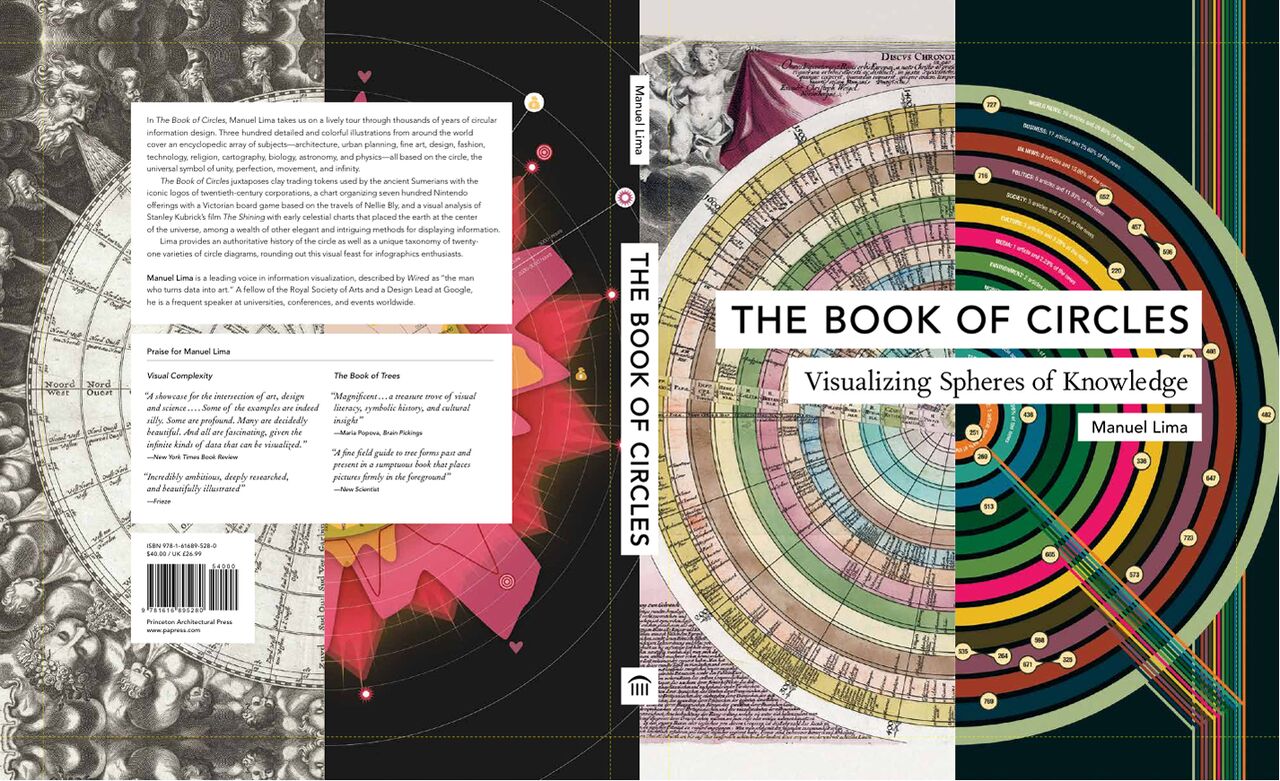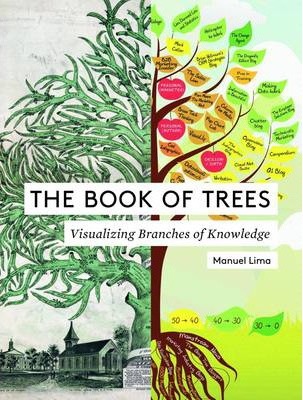SHARING: reading and discussion session at Experience Lab for the EMIDEKS project.
Literature for enacting a collective brain in emergence
🧠
Forskningsmøde / seminar fredag 13/12/19 kl 10-12 i et projekt, som Experience Lab har om emotional interaction design og migration…
Vi udforsker emotion i interaktionsdesign og vidensformidling og har på fredag et møde, med en masse tekster på programmet, som vi selv har skrevet (vi=projektdeltagerne: Mads Høbye, Fernando Palacios, Christian Jacquemin, Eric Hahonou, John Gallagher og Connie Svabo).
Hvis I har et par timer til rådighed fredag formiddag og har lyst til at tale om emotion og forskningsmetodologier med udgangspunkt i nogle af de vedhæftede og linkede tekster, så er I meget velkomne. NB: arbejdssproget i projektet (og dermed også ved mødet på fredag) er engelsk.
ARTIKLERNE diskuteres i Experience Lab fredag 13.12.19 cirka kl 10-12
MADS HOBYE
Two papers:
Towards programmatic design research /// This paper works on a methodological of framing designerly engagement with technology and opens up a discussion on what a knowledge contribution from this perspective may be. The underlying agenda is to create the freedom to think through the materials instead of being locked into the initial problem framing. Thus two primary concepts are introduced: The concept of drifting, to acknowledge that framings, understandings and concepts evolve as one engages with the material. Further, the concept of packaging is introduced to argue for a more curated or constructed knowledge claim.
http://muep.mau.se/bitstream/handle/2043/16915/DFL_0102_13_lowgren_svarrerlarsen_hobye.pdf?sequence=2&isAllowed=y
Touching a Stranger: Designing for Engaging Experience in Embodied Interaction /// The above paper is a consequence of this paper (+a general debate in the field), in which we worked quite exploratory with the social dynamics around intimacy and touch in playful settings. Although we do not work with interrelational touch in emideks the pulse sensor and the presentation form points towards similar notions of playing with intimacy.
http://muep.mau.se/bitstream/handle/2043/13019/hobye_lowgren_ijdesign_2011.pdf?sequence=2&isAllowed=y
SVABO & BØNNELYCKE
Knowledge catcher: on the performative agency of scholarly forms /// Accepted for the journal PARtake – journal of performance as research –
And: Scholartistry: incorporating scholarship and art, from a special issue of Journal of Problem Based Learning on Integrating Academic and Artistic Methodologies within a PBL-environment:
https://journals.aau.dk/index.php/pbl/article/view/1957
ERIC HAHONOU
Two recently published articles related to emotions. The first one is to use emotions as a methodological entry point. The second (unfortunately only in French) is a discussion on the relation between film writing, emotions and scientific writing. If you don’t read French, you can take a look at its format. It is an online publication which mixes text and film.
Emotions as method: Obtrusiveness and participant observation in public bureaucracies
Film and text, emotion and cognition. Towards a thick description of slaveries and post-slaveries (text in French) /// https://journals.openedition.org/slaveries/
FERNANDO PALACIOS
Here is a link to an article in Spanish.
https://revistas.ucm.es/index.php/CMIB/article/view/58569/0
YAKAO NAGEMI, visual artist
Porphyrograph ― the “electric” pen
Submission to Technarte 2018
Abstract: Making a parallel between electric guitar and the possibility to use drawing as a live performing act, I present porphyrograph a digitally augmented performative drawing tool. After a brief overview of VJing culture, I present the technical components and the aim of the tool, mainly on the correlation between sound, music and digital effects, and highlighting the difficult association of generative effects such as particles or cellular automata and manually controlled drawing. Several works are presented based on this tool, mainly in the audiovisual duo Lola and Yukao Meet. The the notion of electric pen art is further developed together with outlining perspectives in fields such as contemporary music and art education.



